Acanthus mollis L.
AcanthaceaeEl acanto es una planta propia de la región mediterránea que, debido a la gran plasticidad del contorno de la hoja, ha sido desde siempre fuente de inspiración para artistas y arquitectos. Tal es el caso de una antigua leyenda, recogida por Vitruvio (siglo I a.C.) en sus Diez libros de arquitectura, donde se narra el origen de los capiteles corintios que coronan las columnas de muchos de los templos clásicos. Se cuenta aquí cómo la nodriza de una muchacha de Corinto, que falleció a causa de una enfermedad, recogió unos objetos que le gustaban mucho y los puso en un canastillo de mimbre que llevó a su sepulcro. Con el tiempo, el acanto, oprimido por el peso, esparció en derredor sus hojas y sus pequeños tallos crecieron en torno al canastillo, saliendo por los lados al exterior para formar unas curvaturas o volutas en sus extremos. Calímaco, el reconocido escultor griego, al pasar delante de este sepulcro, observó el canastillo y la delicadeza de las hojas que crecían a su alrededor. Quedó gratamente sorprendido por esta original forma de las hojas y levantó unas columnas en Corinto siguiendo este modelo. El capitel corintio fue reinterpretado con posterioridad de manera más abstracta y esquemática por las culturas medievales que vivieron en la Península Ibérica tras la dominación romana, es decir, visigodos, árabes, mudéjares. Algunos ejemplos de estos capiteles los podemos ver en el Alcázar del rey Don Pedro.
La planta del acanto aparece en el Alcázar en multitud de lugares, sobre todo como tapizantes en los jardines renacentistas y en el de los poetas. En el mes de abril alcanzan su plenitud cuando comienza a brotar su única y espectacular flor que puede llegar a los 2 metros de altura.
Consigue el mapa con semillas de Acanto: tienda R.A
Procedencia
Europeo/MediterráneoCalendario
Hábitat
Morfología
 Planta
Planta
 Extendida
Extendida
 Simple
Simple
 Ovada
Ovada
 Elíptica
Elíptica
 Opuesta
Opuesta
 Dentado
Dentado
 Inciso
Inciso
 Truncada
Truncada
 Agudo
Agudo
 Perenne
Perenne
